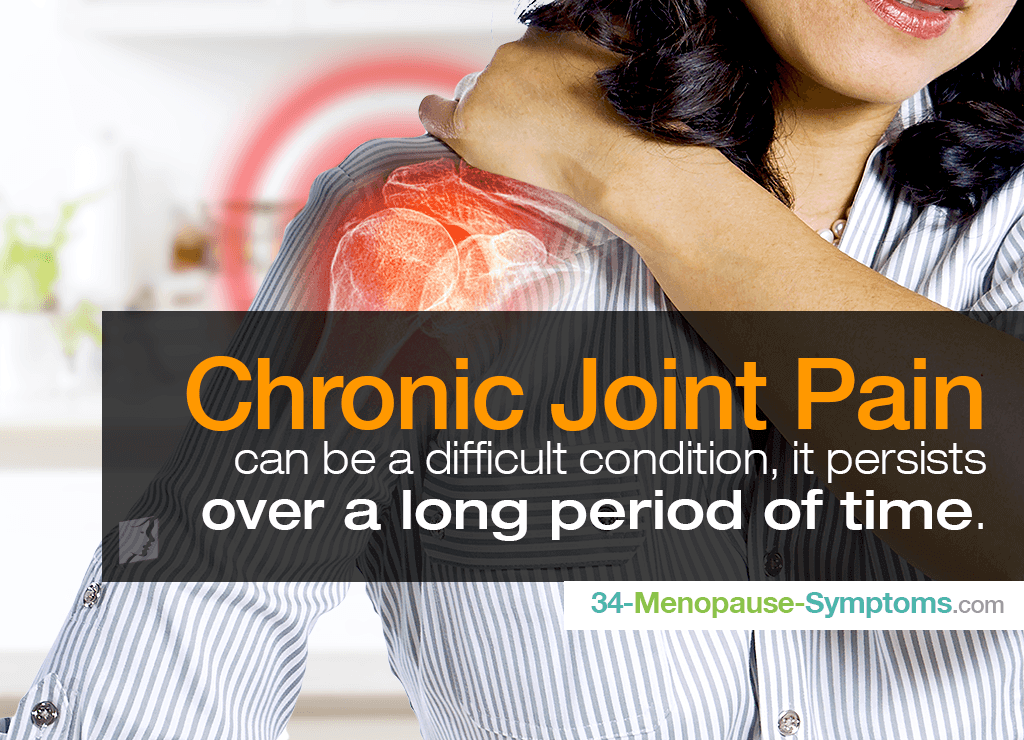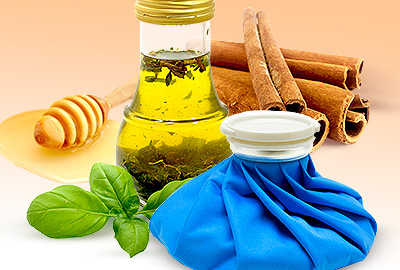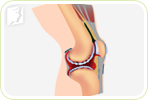Many women - menopausal women in particular - are likely to encounter chronic joint pain in some degree. Of course this can be very upsetting, especially if the pain is so severe that it becomes a hindrance when carrying out everyday actions. If you are faced with this difficult condition, instead of letting it get you down try to take positive steps with regards to learning how it can be dealt with. Read on to enhance your knowledge about everything about chronic joint pain.
What Is Chronic Joint Pain?
A “chronic” condition is defined as one that persists or recurs over a long period of time. Sufferers of chronic joint pain will be all too familiar with the fact that the aching and sore sensation can be relentless, and it can feel as if it will never cease. The most commonly affected joint is the knee; however, it is possible to experience chronic joint pain all over. The toes, ankles, hands, and elbows are all well-known problematic areas.
What Are The Signs and Symptoms?
Many women find that it can be difficult to accurately label their personal conditions, which can make it all the more hard to know how to cope with them. Chronic joint and muscle pain can be recognized by the following factors:
- Constant or frequent stiffness of the joints and muscles
- Swelling in localized areas such as the knees or elbows
- Redness and sometimes heat in the affected area
- Mild to intense pain in the joints
What Can Cause Chronic Joint Pain?
There can be a number of different causes of chronic joint pain, but each is known to be able to lead to severe pain and difficulties with movement. Some common causes include:
Hormonal fluctuations. It is known that menopausal women are prone to joint pain, and like most menopause symptoms this is thought to be due to the changes in levels of reproductive hormones.
Arthritis. This common condition affects older women more than men, and can present itself in several different forms - the most common being osteoarthritis and rheumatoid arthritis. Both involve the breakdown of cartilage and consequent inflammation of the joints.
Injury. Those who have suffered from an injury - most often of the knee or elbow - are unfortunately likely to experience recurring pain in the area. Similarly those who have over-used their joints, such as through gardening or sport, often suffer problems.
How Can It Be Treated?
Thankfully, there are a plethora of options our there when it comes to the relief of chronic joint pain. Depending on your personal condition and requirements, it is advisable to try out a few of the following to begin with, until you find the most successful treatment for you.
Relaxing in a hot bath. The heated water of a bath or shower, can soothe chronic joint and muscle pain by inducing relaxation. Many women find that not only is pain and stiffness alleviated, but also their flexibility improves.
Hydrotherapy. This treatment involves undertaking gentle exercises that are specific to your own needs. The heat of the water encourages your joints and muscles to relax, thereby allowing you to stretch and exercise more easily in order to build up strength.
Pain medication. Ibuprofen can be especially recommendable for chronic joint pain because it acts as an anti-inflammatory. It can be taken orally, or in a topical form of ibuprofen cream or gel, which might be preferred for specific areas.
Chronic joint pain can be a difficult condition, ranging from a small nuisance for some women, to intense and almost intolerable for others. By learning more about this possible symptom of menopause, you can improve your knowledge about the causes, which will allow you to find appropriate management methods should you need them.
Sources
- National Health Service UK. (2016). Arthritis. Retrieved June 2, 2017, from http://www.nhs.uk/Conditions/Arthritis/Pages/Introduction.aspx
- Oxford Dictionaries.(n.d). Chronic. Retrieved June 2, 2017, from https://en.oxforddictionaries.com/definition/chronic
- National Health Service UK. (2016). Joint pain. Retrieved June 1, 2017, from http://www.nhs.uk/conditions/joint-pain/Pages/Introduction.aspx




